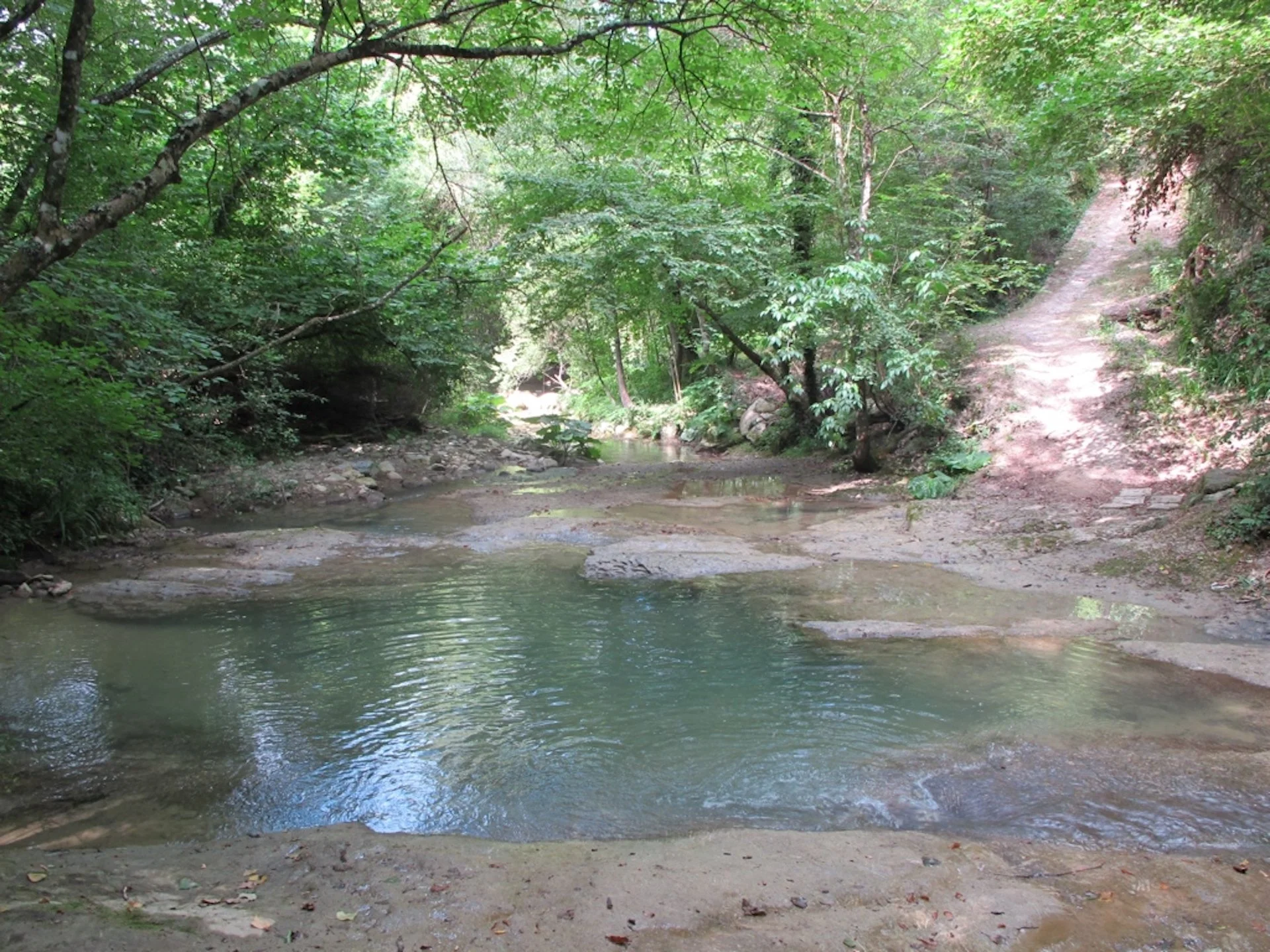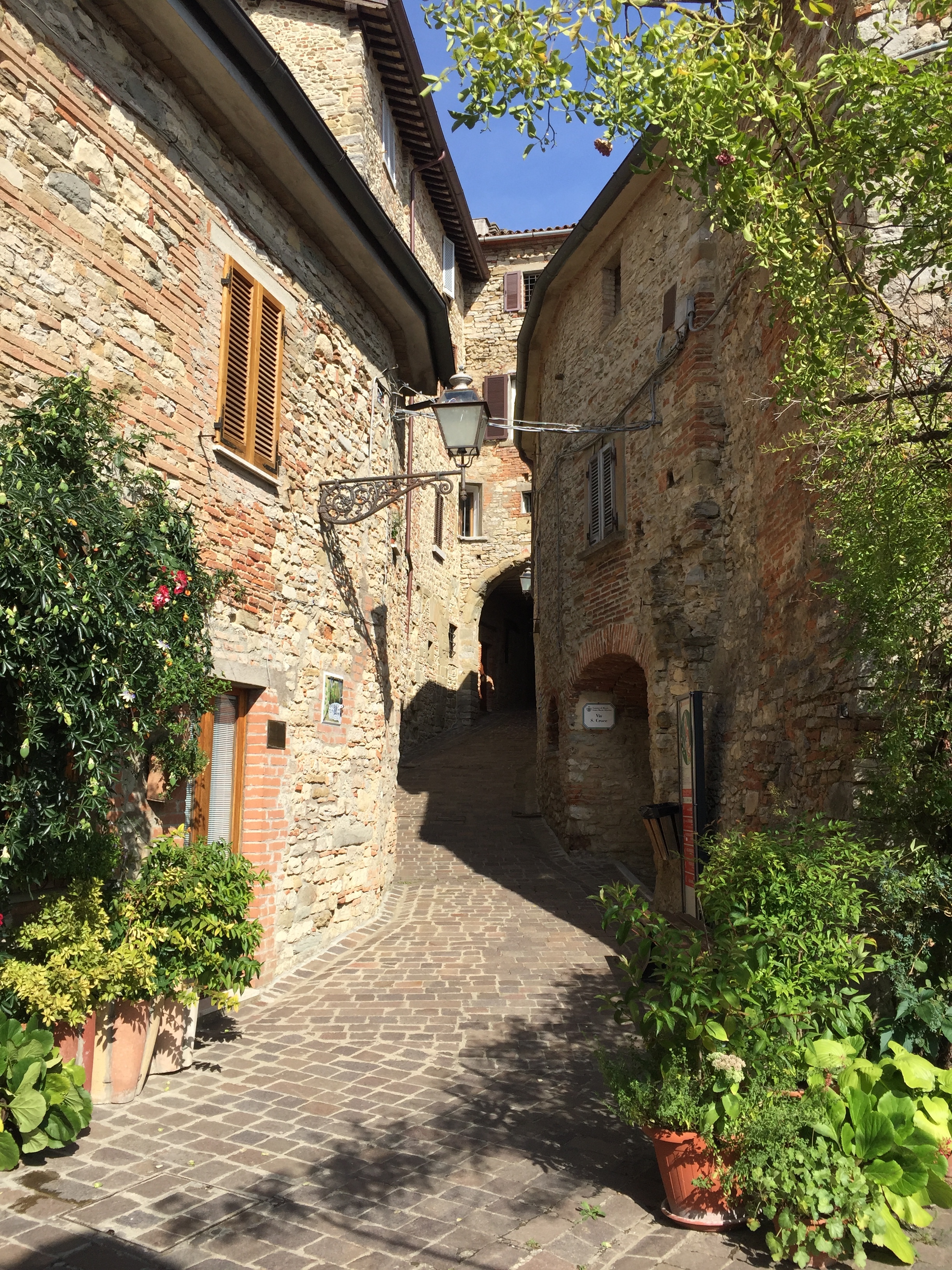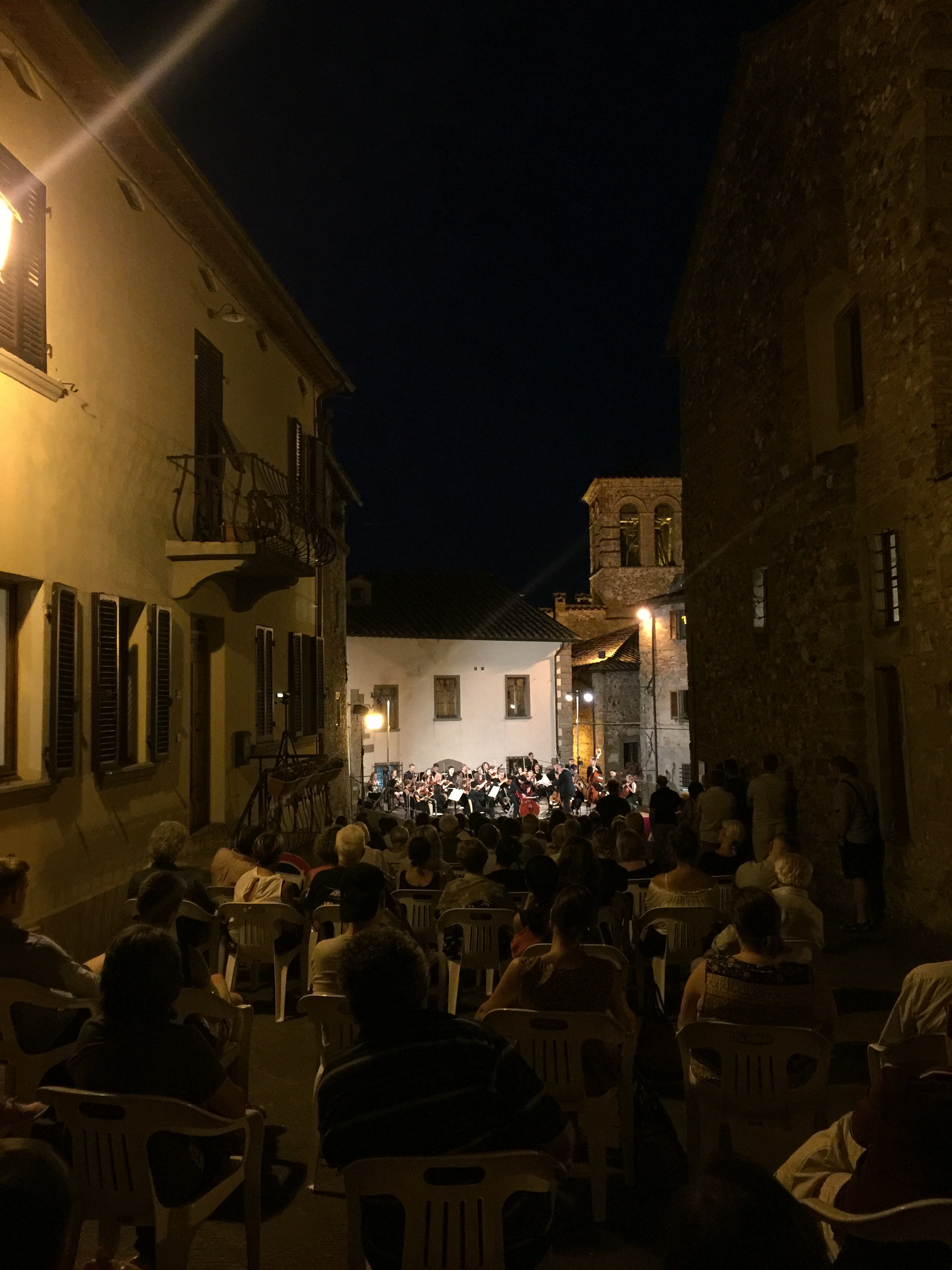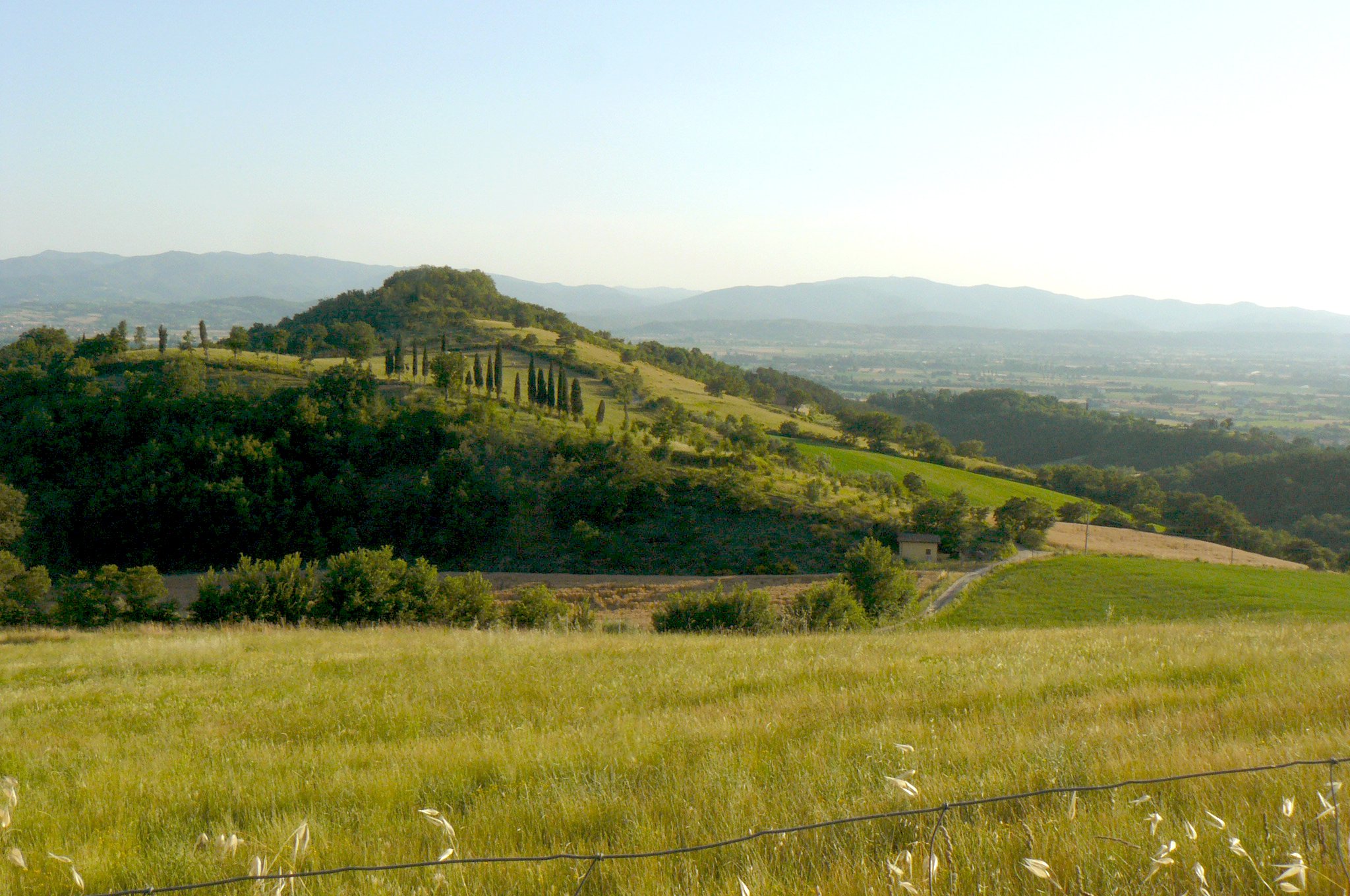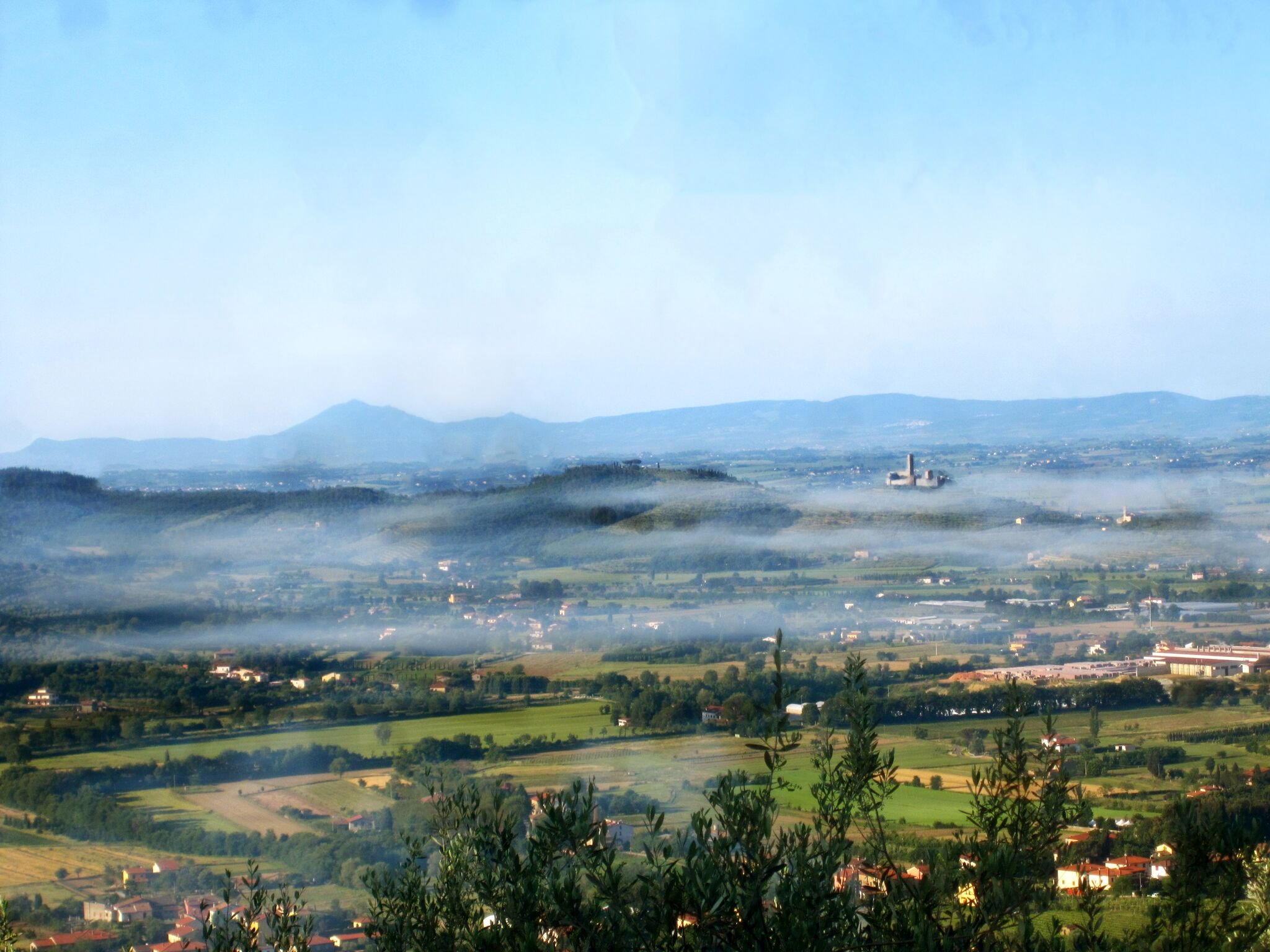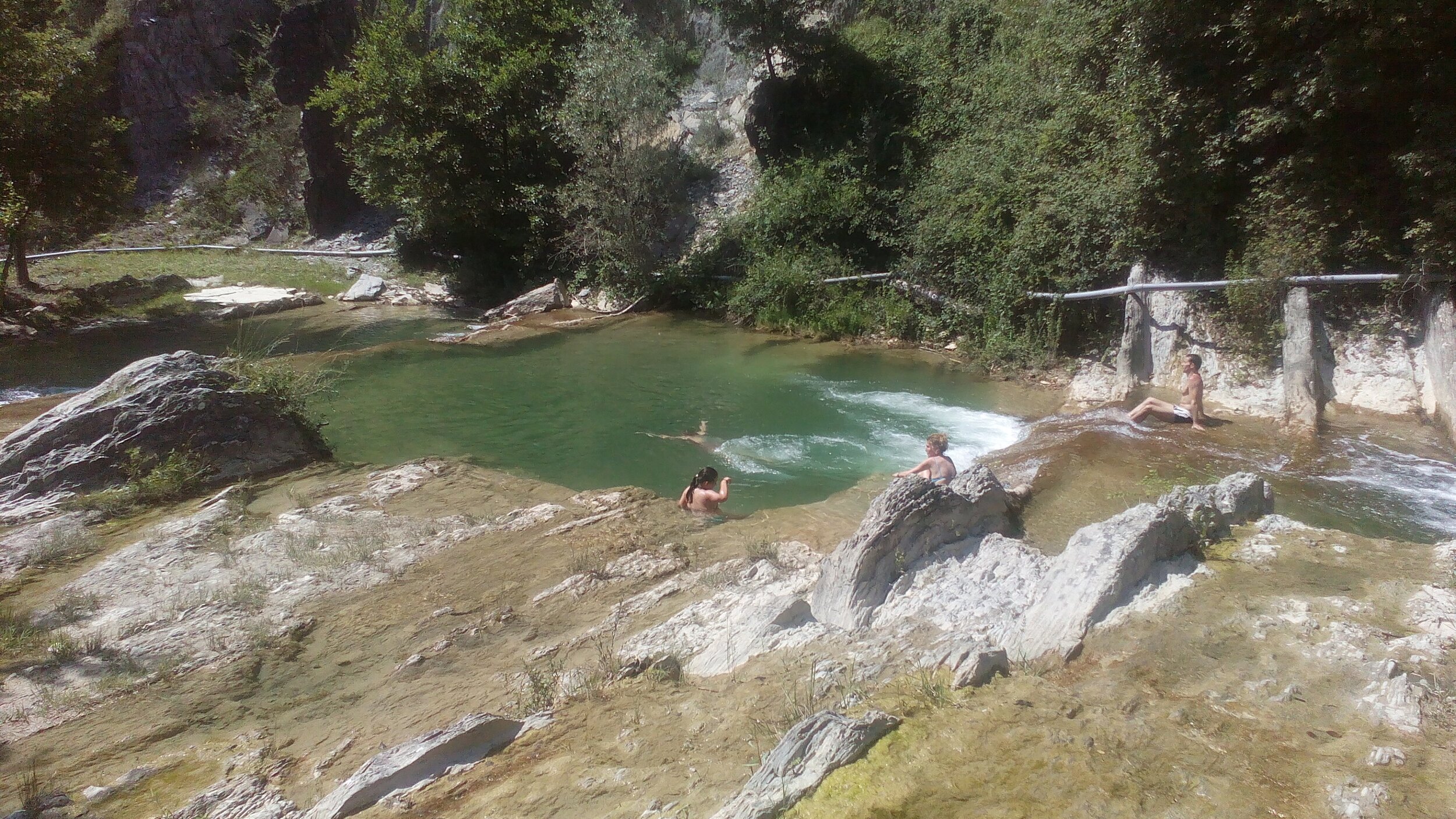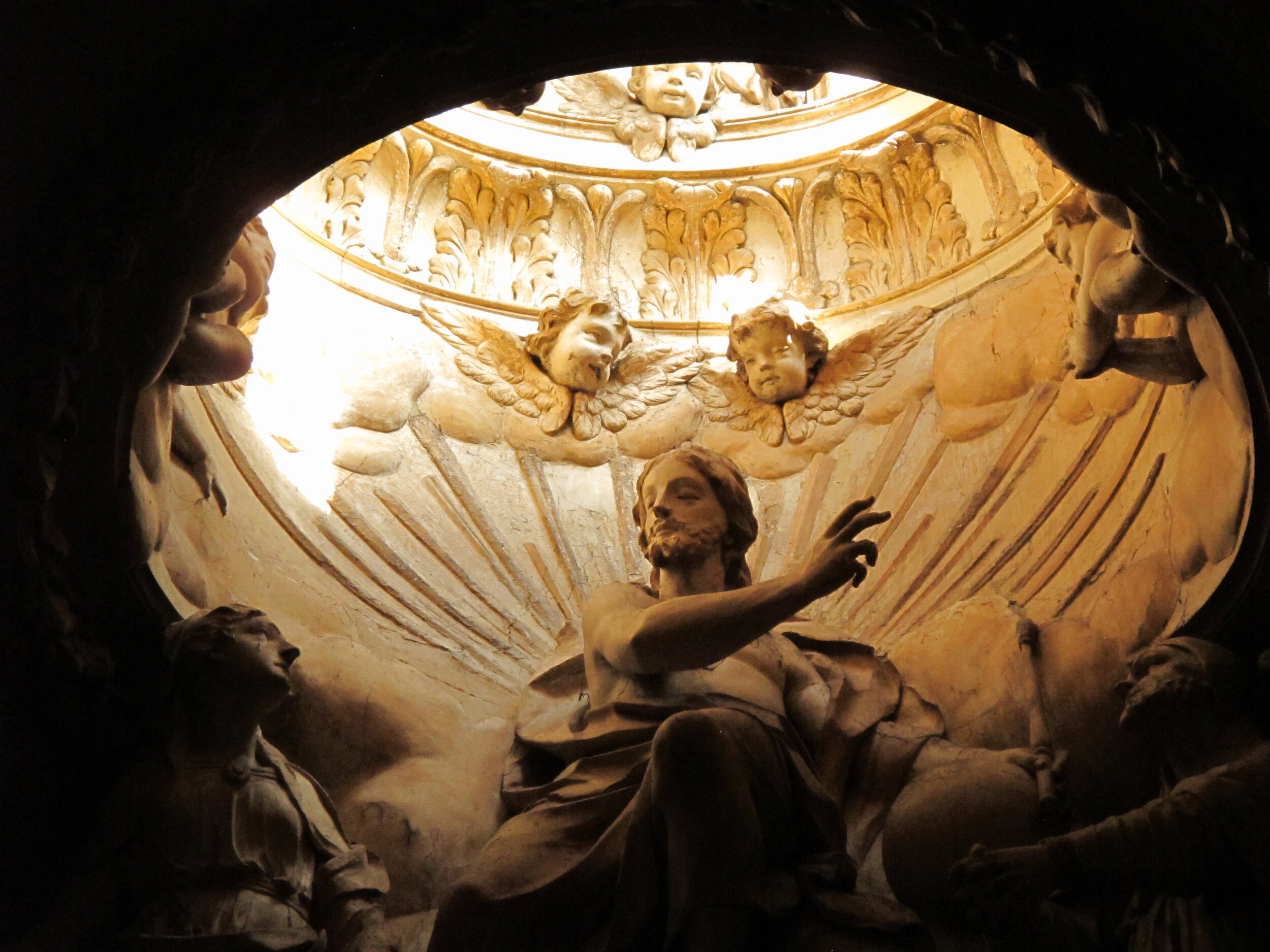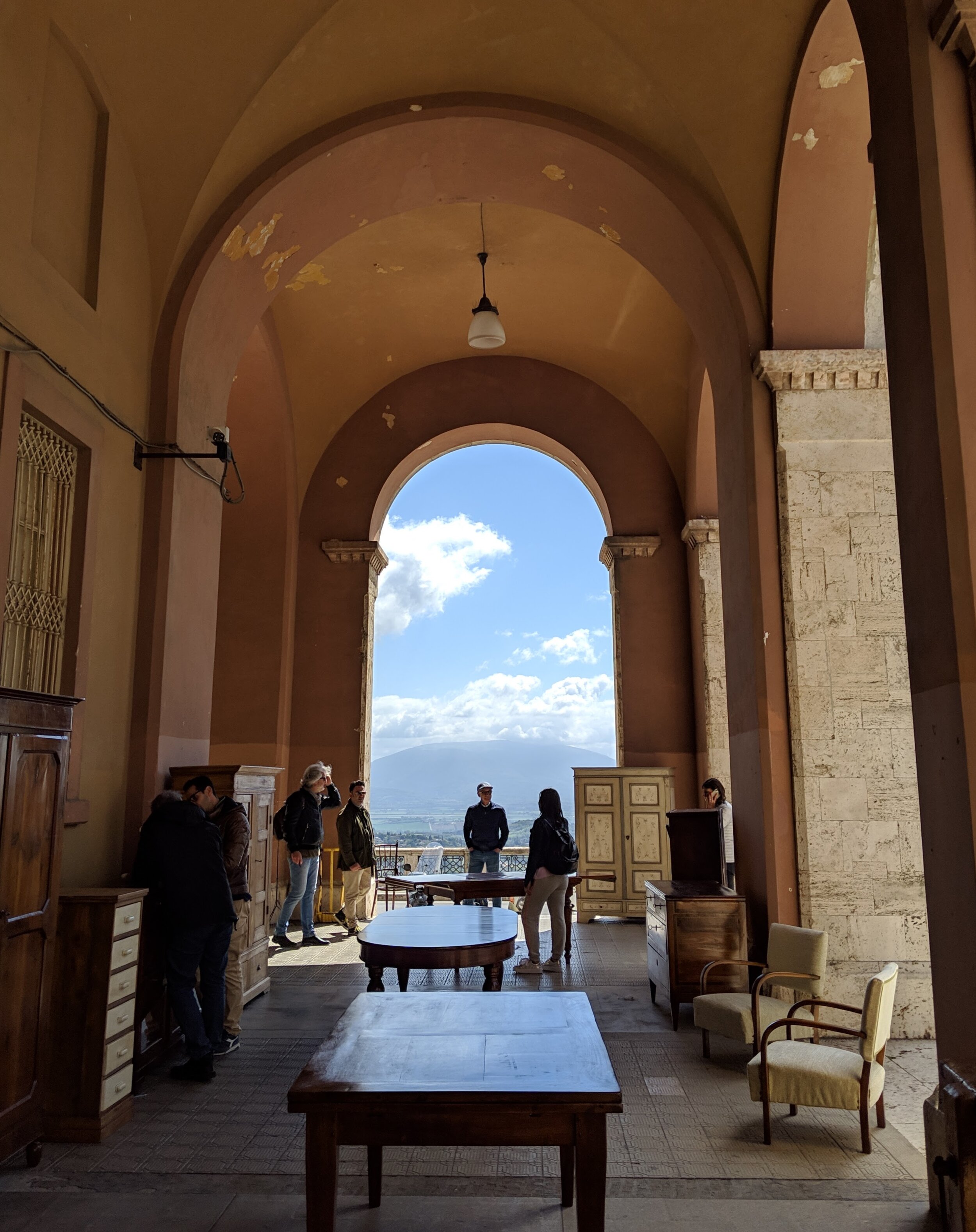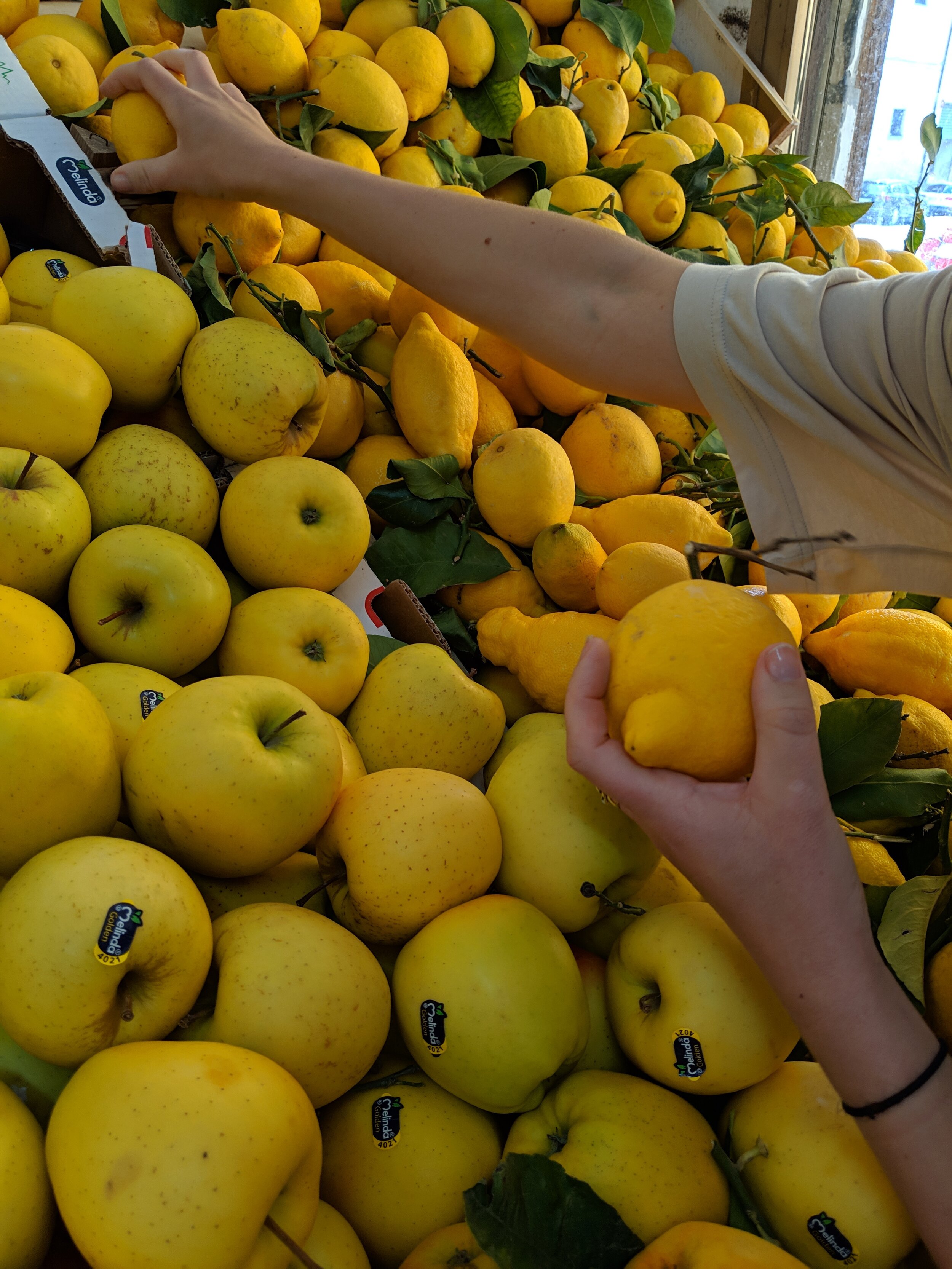EXPLORE THE AREA
Molino Meocci is a haven in the heart of the Umbrian countryside providing excellent walks from gentle strolls to more hardy treks, and cycle rides, often with breathtaking views across the valley. Waymarked footpaths can be found by walking up the hill immediately behind the house, and lead to glorious ridges of the foothills of the Alpe della Luna. The hillsides are sparsely populated, and there are few restrictions or boundaries.
CYCLING
Umbria is famous for its bike routes, the Molino is positioned in a great location to access so many of them. There are flatter routes along and across the valley following the Tiber both on quiet roads and gravel tracks. If you are looking for hills, or even serious training on mountains you are very well catered for with many beautiful switchbacked ascents with very minimal traffic. The the older white gravel roads famous to the area often called ‘Strade Bianche’ or ‘Sterrato’ have next to no traffic and add many options to make rides a bit more adventurous. The Holy Gravel is an organised ride on passing over the best local white roads in June. While L’intrepida happens in October and to add to the experience is ridden on vintage bicycles. There are many great mountain biking routes through the forests higher up toward the ridge, with a mix of wider gravel tracks, singletrack, flatter routes and very steep. Some of our favourite routes are recorded on bikemap here.
We work closely with local bike shop Hike and Bike Italy to make sure you'll find the best cycling routes no matter what your experience or level. They can provide you with bikes appropriate for you and the terrain, helmets etc, and can arrange a personalised custom service - including transfers - for you and for your bikes if you wish. Bikes can be stored within the lower part of the house, and we also provide a basic toolkit at the house. Contact Giovanni or Michela at Hike and Bike
Walking
A friendly, tranquil rural location - cypresses and sunflowers, vineyards and olive groves. Great for gentle strolls and more serious excursions. The rolling hills around the Molino offer gentler routes, with steeper options available into the mountains above. Around every corner there is a new vista, sometimes a stunning one over miles of countryside and valley below, the pastures are lush and the hedgerows studded with wild flowers.
A stroll up the hill immediately above molino - or over the bridge and up to Corposano - or down into San Giustino - can be enjoyed at a leisurely pace.
A more determined but relatively short walk takes one about half a kilometer up the hill from the mill to a T junction, where turn left over a track to the neighbouring village of Cospaia (which used to be an independent mini-republic based on its being the first to grow tobacco in Italy) with its small lake and cluster of houses; then down the hill to the main Sansepolcro road; turn left to the centre of San Giustino, left again at the Bar Belloni; then back up the hill via Via G Garibaldi to the mill. About a couple of hours, including stops and refreshments, if reasonably fit.
More serious walkers can aim straight up the hill into the more mountainous Alpe della Luna; part of the central Apennine range. Covered in Oak forest, then Pine on the higher slopes it is rich in wildlife, has wonderful views and a good physical challenge. Hike and Bike can also provide walking itineraries and guided walks.
Food
The cuisine in hilly Umbria relies heavily on rustic staples - pastas and roast meats. The region is the only area outside Piemonte where truffles are to be found in any abundance. Porcini mushrooms are also found in the forested hills, they and truffles are often sold in local markets and on roadsides direct from the producers. Fresh walnuts and figs, cherries, vines and olives are all grown in the farmsteads around the house, and there are regular wine tastings and celebrations. Meat plays a leading role, especially lamb and pork, which is made into hams, sausage, salami and porchetta, whole suckling pig stuffed with rosemary or sage, roasted on a spit. There is a range of fish including trout and crayfish from the rivers Nera, Clitunno and Scordo. Vegetable delicacies include tiny lentils from Castelluccio, beans from Trasimeno and celery and cardoons from around Trevi. Umbrian olive oil has a high reputation, particularly that from around Trevi and Spoleto.
The molino has 2 fully equipped kitchens, a working outdoor bread oven and a choice of lovely dining areas. With some great supermarkets, veg shop, fresh pasta and local produce available close-by, it is a perfect place for cooking.
If you fancy eating out, one of our favorite spots can be reached by foot, cross over the bridge and up the hill to Corposano and enjoy an evening at il Glicine run by Agostinelli Marcello. You will get good views, locally produced food and great drinks. Or you can walk over the nearest little hill - or drive 10 mins- to the nearby village of Cospaia, where the wonderful restaurant/ bar ‘Il Covo di Contrabandieri’ overlooks the fishing lake.
Or in similar walking distance are the restaurants of San Guistino. Pizza Napoletana at Pensiero Stupendo or meat and pasta at Dedalo S.a.s.
Further a field there are so many wonderful spots. Head to La Pieve Vecchia for homemade pasta and a stunning setting and incorporate with a visit to the quiet hilltown of Monterchi.
The nearby walled town of Sansepolcro (10 mins drive) has a fantastic selection of places to eat to suit every occasion from simple to sophisticated: trattorias, enotecas, restaurants and bars
Remember that the Italians take their siesta seriously, with most restaurants closing for a few hours around 3 - 6.
Other guests have found Delicious Italy useful when planning a trip full of food.
Art, culture and history
Umbria is one of the most flourishing cultural centres in Italy and offers a wealth of artistic and historic riches including:
- The major works of Piero della Francesca.
- The region's finest and largest collection of medieval and Renaissance Umbrian paintings is housed in the Galleria Nazionale dell'Umbria in Perugia.
Basilica di San Francesco, the burial place of St Francis and one of Italy's great buildings with frescoes by Giotto and Simone Martini.
Annual festivals in the closest town of Sansepolcro include spectacular pageantry in the piazza with archery and flag-throwing contests, a torchlit Renaissance costume procession with demonstrations of crafts such as chain mail, weaving and spinning.
- Among the regular classical music concerts in Sansepolcro is a Chamber Music festival, performed in several of the exquisite small churches of Sansepolcro.
- There is a regular programme of concerts in nearby towns of Citta di Castello and Arezzo, and an International Jazz festival in Perugia in July.
- Many small towns host their unique festivals – chestnuts are celebrated in Caprese Michelangelo, truffles in Todi , and wine in many locations.
- Antique fairs and flea markets take place most weekends in surrounding towns. The most notable being the Arezzo antique market on the first weekend of every month.
nature
Horses are ridden in the hills, and there is an equestrian centre at Il Violino in the valley just west of Sansepolcro.
Deer and wild boar are regularly seen in the hillsides, and nature reserves can be found a short drive away, where rare species of birds are protected, such as those around Lake Trasimeno to the south, and the National Park of the Casentinesi forest to the north.
In the hillsides around the house, many species of local birds, frogs, fish and minibeasts are found by our visitors. Occasional Stag beetles fly at dusk while the Nightjars begin to churr and Nightingales sing. In June accompanied by beautiful displays of fireflies. Other notable species to look out for are Bee Eaters, Short-Toed and Golden Eagles, Black Woodpecker in the beech forests, Golden Oriole, Hoopoe, Dipper, Cuckoo, Pine Marten, Dormouse, Wolves, Porcupine, Hummingbird Hawk-Moths, and great numbers of butterflies.

